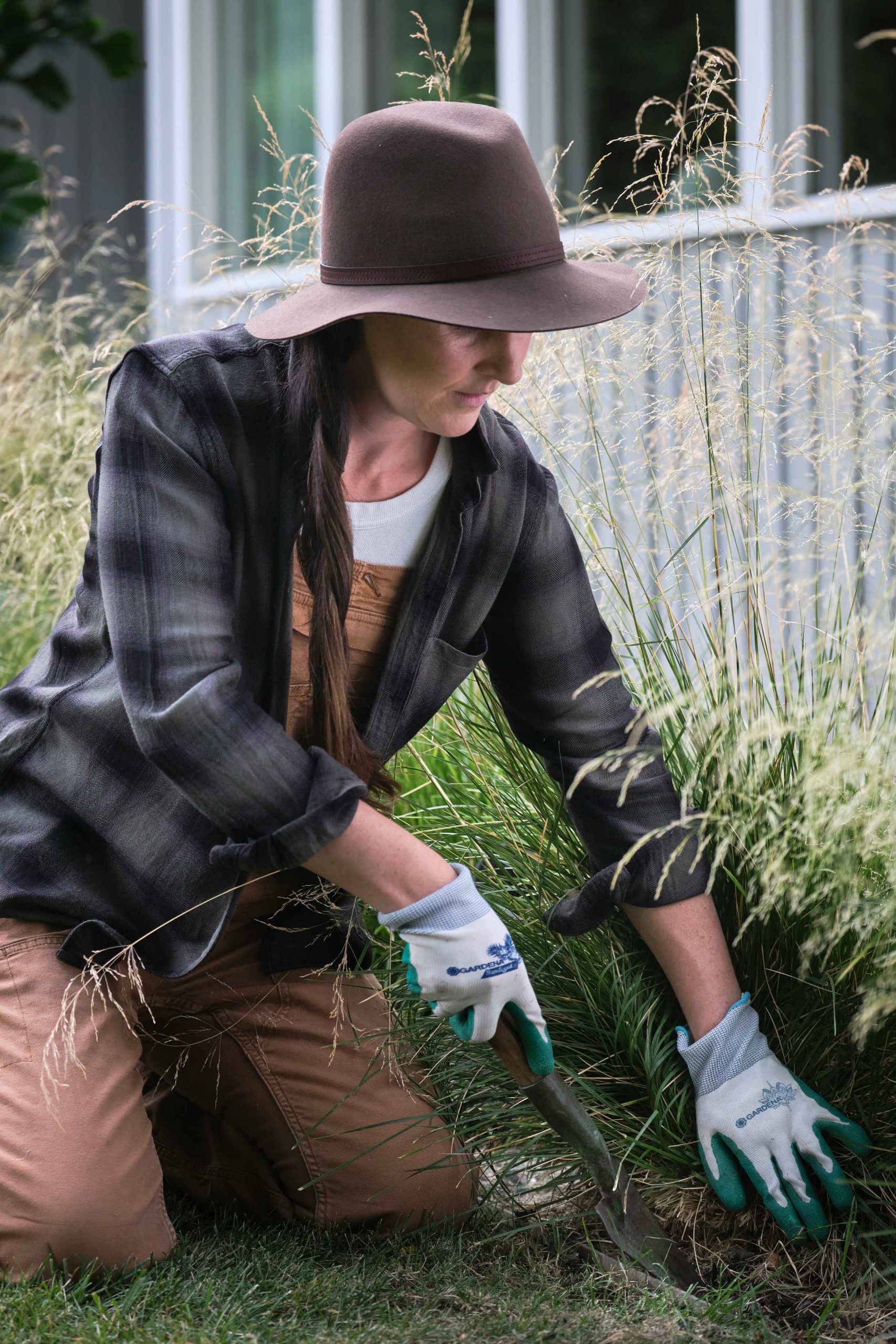Ornamental grasses collectively can include dozens of species valuable in your garden as landscape plants. Most ornamental grasses in your garden are perennial plants with grass-like appearance and growth habits. These grass species are loved for their foliage rather than their blossoms. However, once the grass turns brown, it needs a regular cut back.
These plants add unique texture, form, motion, and sound to your garden as they rustle and move in the breeze. Many ornamental grasses are native species, making them ideal for creating drought-tolerant gardens. There are three main types of ornamental grasses: warm-season, cool-season, and evergreen. Knowing which one is in your garden is key, so you know when to cut back.
When to cut back ornamental grasses
Most ornamental grasses should be cut in early spring or in the autumn. However, the answer to the question depends on the type of ornamental grass you have in your garden:
Warm-season grass: Depending on the look you want to achieve, warm-season grasses should be cut during early to mid-spring. This is because the grass starts growing in the early summer season, when temperatures are rising, and flowering occurs.
Cool-season grass: Cool-season grasses should be cut back in late summer. These grass types grow primarily in autumn and winter when the temperatures are cool. However, be careful as pruning too drastically can harm the plant.
Evergreen: Evergreen grasses don’t usually need to be cut back because they remain attractive through the better part of the year. They grow year-round and keep their beauty throughout every season.

Image Credit: Pexels
How to cut back the ornamental grasses
Cutting the grass is relatively easy, with just simple steps that don’t require much.
Step 1: Tie your grass in bundles
The fuller the ornamental grass is, the messier it can be when it needs cutting down. Start by bundling the stalks with any wide tape you have. Depending on the height of your ornamental grass, you might need to wrap each bundle of grass in two or three spots along the length of the stems.
Step 2: Cut the grass
With the grass neatly bundled, use pruning shears to cut the grass. With the tape or bungee cords holding the grass blades in place, lean the bundle away from its base as you cut.
Step 3: Job done
Cutting each grass bundle is the bulk of the job. After the bulk has been cut, finish by raking the garden area to catch any loose grass and keep your garden clean.

Image Credit: Unsplash
ALSO SEE: THE BEST ORNAMENTAL GRASSES FOR DRY GARDENS
Feature Image: Pexels

